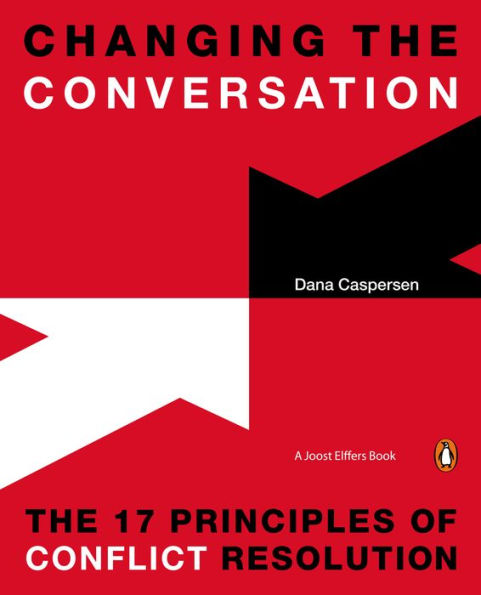Table of Contents
Introduction xii
Anti-Principles & Principles xviii
Facilitate Listening and Speaking xx
1 Don't hear attack. Listen for what is behind the words 9
2 Resist the urge to attack. Change the conversation from the inside 23
3 Talk to the other person's best self 37
4 Differentiate needs, interests, and strategies 49
5 Acknowledge emotions. See them as signals 71
6 Differentiate between acknowledgment and agreement 91
7 When listening, avoid making suggestions 105
8 Differentiate between evaluation and observation 117
9 Test your assumptions. Relinquish them if they prove to be false 129
Change the Conversation 140
10 Develop curiosity in difficult situations 145
11 Assume useful dialogue is possible, even when it seems unlikely 155
12 If you are making things worse, stop 175
13 Figure out what's happening, not whose fault it is 187
Look for Ways Forward 200
14 Acknowledge conflict. Talk to the right people about the real problem 205
15 Assume undiscovered options exist. Seek solutions people willingly support 217
16 Be explicit about agreements. Be explicit when they change 227
17 Expect and plan for future conflict 239



